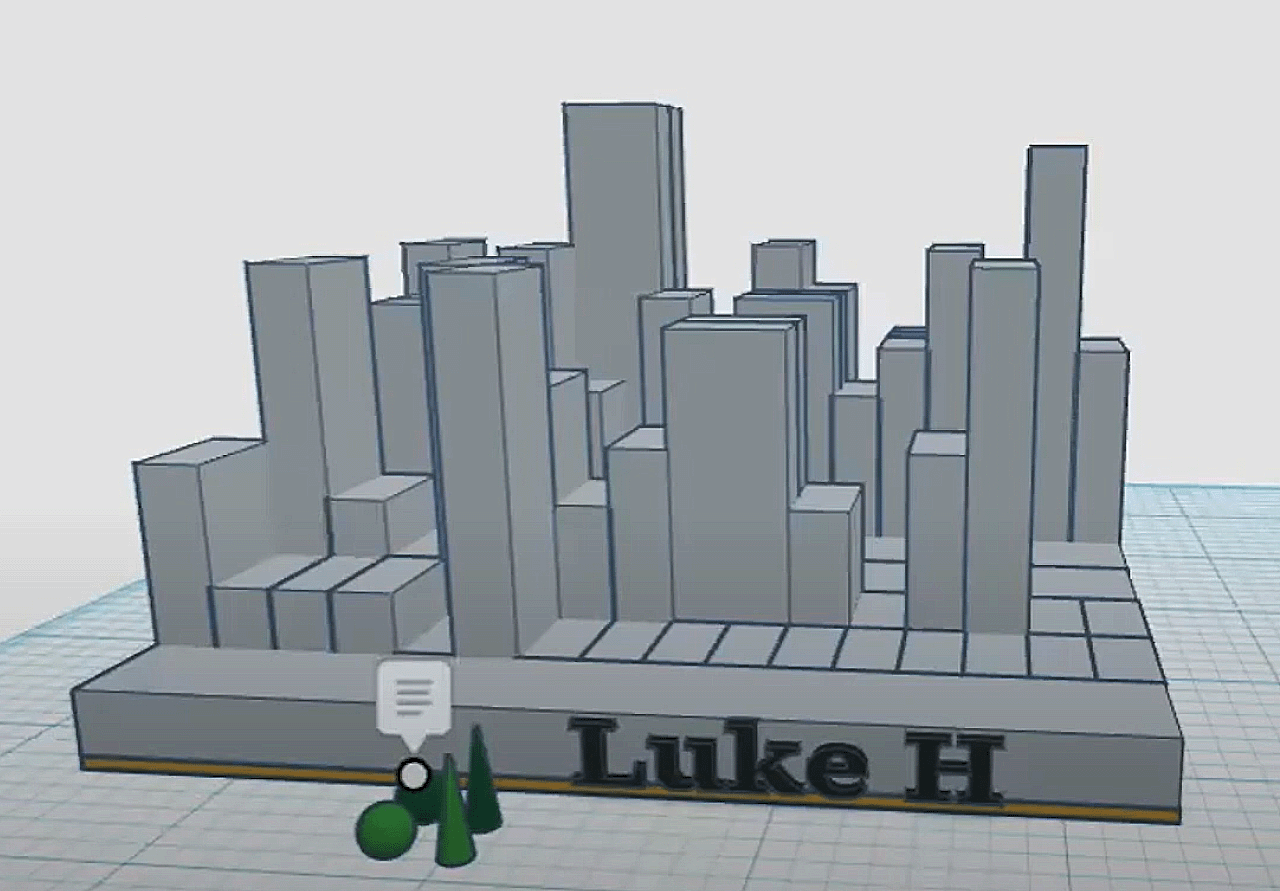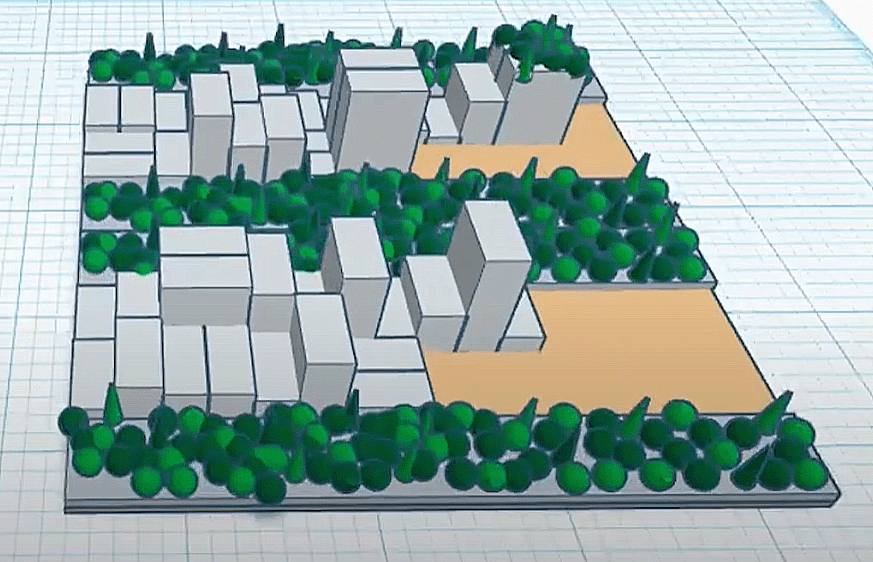AFO Hip Hop Architecture Camp
RB designer Serena Lim participated as a volunteer in the 2022 Oregon Hip Hop Architecture Camp, a program created by architect Michael Ford and sponsored by the Architecture Foundation of Oregon (AFO). According to AFO’s website, the ultimate goal of the program is to empower youth of color to become architects, urban planners, interior designers, hip hop artists, computer game creators, politicians, and more—to find innovative ways to impact their community through design.
Architect Michael Ford studies the intersection of hip hop and architecture. In an interview with Architect Magazine, Ford explains: “I’m trying to show architects, planners, and designers that our profession is more than brick and mortar. We create incubators of culture. Using hip-hop I can demonstrate that to our profession—and even if someone is not a fan of hip-hop, or simply doesn’t like the culture—I challenge him or her to understand why it exists, and how our profession necessitated its birth through bad planning and housing practices.”
Ford uses hip hop as a lens for both the past and future of architecture. Ford explores how modernism produced hip hop: “I position hip hop culture as the post-occupancy evaluation of modernism. Meaning that hip hop offers an unsolicited, unfiltered, and raw critique of the places and spaces where the culture was born and where it lives today.” This critique can ultimately lead to change within the architectural profession. Ford uses “Black music…to rethink approaches to architecture and design” and to make architecture “fun and accessible” for young kids of color. The aim is to diversify the profession, in which only two per cent of licensed architects in the United States are African American.
During this year’s virtual camp, Oregon hip-hop artists, architects, and designers presented their work and shared ideas with students as the students composed a four-line rap verse exploring the question What happens when Hip Hop meets architecture? Next, students created a model that represented their rap – each word and rhyme expressed by different heights and orientations of a building. Finally, students personalized their models further by adding trees, color, and other enhancements.
Serena says of this year’s camp, “I learned a lot from Michael and the other presenters and felt inspired to try to compose my own four-line rap alongside the students—it was not easy! My verse-in-progress was pretty dismal, but I did my best to encourage and support the students through their own process. The virtual format made it hard to connect with shy students, but in the end I was blown away by what they created. Some of their verses were based on deep observations or critiques of their environment, while others were deeply personal. The models were a lot of fun to see. I’d love to volunteer again, hopefully in person next time!”
To experience some of this year’s student projects, check out this video, courtesy of AFO.



